ABOUT THE AUTHOR
Robert Barr Smith entered the United States Army as a private in 1958. He served in Vietnam with the 4th Infantry Division, more than seven years in Germany, and with troop units and on posts throughout the United States, retiring as a Colonel. He is a Senior Parachutist, and holds the Legion of Merit (two awards), the Bronze Star, and other decorations.
He holds two degrees from Stanford University and is a Professor of Law Emeritus at the University of Oklahoma, where he also served six years as Associate Dean for Academics and Associate Director of the Law Center. He lives in the Ozark Hills of southern Missouri, and is the author or coauthor of sixteen books and more than a hundred magazine articles, primarily in military and western history.
OUTLAW WOMEN
AT W O D O TB O O K
An imprint and registered trademark of Rowman & Littlefield
Distributed by NATIONAL BOOK NETWORK
Copyright 2015 by Robert Barr Smith
All rights reserved. No part of this book may be reproduced in any form or by any electronic or mechanical means, including information storage and retrieval systems, without written permission from the publisher, except by a reviewer who may quote passages in a review.
British Library Cataloguing-in-Publication Information available
Library of Congress Cataloging-in-Publication Data
Smith, Robert B. (Robert Barr), 1933-
Outlaw women : the Wild Wests most notorious daughters, wives, and mothers / Robert Barr Smith.
pages cm
Includes bibliographical references and index.
ISBN 978-1-4422-4729-1 (paperback : alkaline paper) -- ISBN 978-1-4422-4730-7 (e-book)
1. Women outlaws--West (U.S.)--Biography. 2. Female offenders--West (U.S.)--Biography. 3. Women--West (U.S.)--Biography. 4. Crime--West (U.S.)--History. 5. Frontier and pioneer life--West (U.S.) 6. West (U.S.)--Biography. 7. West (U.S.)--Social conditions. I. Title.
F590.5.S65 2015
364.1092520978--dc23
2015016897
 The paper used in this publication meets the minimum requirements of American National Standard for Information SciencesPermanence of Paper for Printed Library Materials, ANSI/ NISO Z39.48-1992.
The paper used in this publication meets the minimum requirements of American National Standard for Information SciencesPermanence of Paper for Printed Library Materials, ANSI/ NISO Z39.48-1992.
FOREWORD
Americans have always had a soft spot in their hearts for the dashing lady criminals, particularly those who galloped across the broad stage of the western United States with their outlaw lovers. Or are supposed to have done so.
Sadly, many of the popular heroines of American crime arent quite as tough as some tales make them out to be, especially those who graced the western part of our young, growing nation. Their imagetheir history, if thats the wordhas been the stuff of much storytelling, much exaggeration, and a lot of downright creative mythology.
After all, most readers in our bumptious, burly, brawling young nation were excited about all the deeds of derring-do they heard about, and hungry for more. Since there was never enough of the real stuff to go around, satisfying the public required the invention of lot of deeds and dialogue, and even of places and people. The rule for many old-time writers about such thingsand even some not so old-timeoften was, well, it might have happened that way, or well, there could have been somebody like that. And thus was born some of what passes for modern-day history, invention masquerading as fact. If most of it is vastly entertaining, not all of it is what old-timers would call the gospel truth.
Virtually all of the women who march through popular history had about them some element of flamboyance, some contempt for the morals and mores of their day. Some were corrupt; some were brutal, even murderous; all were liars to some degree, or at least exaggerators of real ability; many were courageous and some were downright brilliant.
All were marvelously entertaining.
Take Joyce Turner. Joyce didnt like her husband Alonzo much, which was nothing unusual for a lot of wives, then and later. But Joyce, egged on by a couple of girlfriends during an evening kaffeklatch, put her dislike of Alonzo to lethal action. With a friends words ringing in her ears, Well, are you going to do it, or not?, she went home and did indeed do it, fatally shooting Alonzo while he slept.
Joyce showed no sign of repentance, even after listening to the judge hand her a life sentence. As she told reporters, Alonzo always told me that he wanted to die in bed. I simply arranged for it. Even if Joyce broke the law, you still have to admire her panache, and her way with words.
In the case of Martha Wise, the motive for murder seems to have been nothing more than pure pride. Martha was a lonely, plain widow, just getting by on a hardscrabble farm in Ohio in the 1920s. Martha conceived a passion for a much younger man called Walter Johns. Her mother and her uncle and auntFred and Lily Gienkemade fun of her passion, which after all was nobodys business but Marthas. Martha reacted.
Marthas mother was the first irritation to vanish; the old lady was fed a lethal dose of arsenic by her loving daughter on the first day of January 1925. Aunt and uncle passed into the Great Beyond the next month, also on the wings of arsenic, and others of the Gienke family became ill but recovered. Once arsenic was found in the bodies of all the dead, suspicion naturally fell on Martha.
Under persistent questioning, Martha admitted it. Yes, I did it, she said, but it was the devil made me do it. And while she was at it, she also confessed to a series of burglaries and arsons: I like fires. They were red and bright, and I loved to see the flames shooting up into the sky.
Her trial was a sensation. Although Martha was tried in the newspapers as the the Borgia of America, her defense team was still adept enough that she managed to avoid the death penalty. The turning point may have been the testimony of her lover, Johns, who said, among other things, that during their love-making sessions Martha barked like a dog. Whether that was the truth or a bit of boasting by Johns about his own ability in bed, it saved Marthas bacon. The sentence was life.
Some of the other ladies who get chapters in this book committed their crimes alone; some had help. All were probably as famous as their time Martha and Joyce; some were even more so, especially those of surpassing evil like Belle Gunness; but even those who were vastly overrated left some footprints in the sands of time.
Let us rejoice in the certainty that they will not return.
CHAPTER ONE
A Legend in Her Own Mind
Belle Starr
I was just a lad in the good old days of the silver screen. Television was only a fanciful idea back then, movies were cheapespecially if you were a kidand a big bag of popcorn cost only a nickel. Invariablyat least in Saturday matineesyou got to watch a double feature, plus an installment or two of Buck Rogers , a newsreel, the previews, the Road Runner outwitting Wile E. Coyotemaybe even two of thosethe ads for the car dealer, and the plumber, and whoever else you might need locally. You got a whole lot of entertainment for thirty cents, and you got to sit with your friends.
One end of the double feature was sure to be a western, sometimes both if you were lucky. Thats where my buddies and I learned all about the history of the Old West, or at least we thought we did. We figured the singing cowboysGene Autry and his likewere probably phony; but the others looked real. We learned a lot of historywe thoughtfrom the heroics of Lash Larue, Randolph Scott and other straight shooters of that ilk. Youthful dreams dont pass away easily, and it took me a lot of years to learn that most of what I saw in the theater was entertaining hogwash.


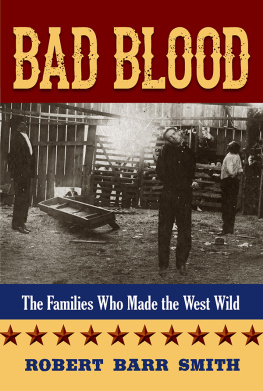

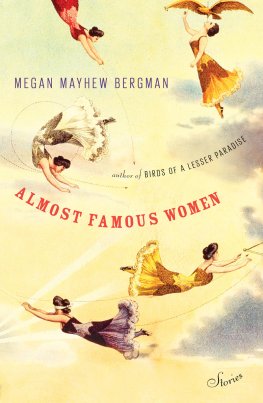
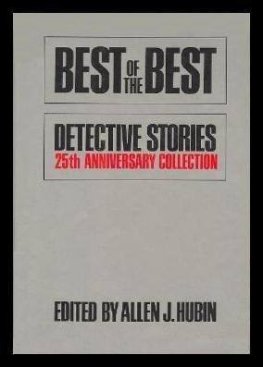
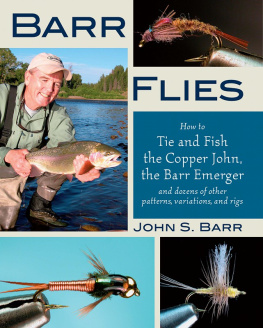
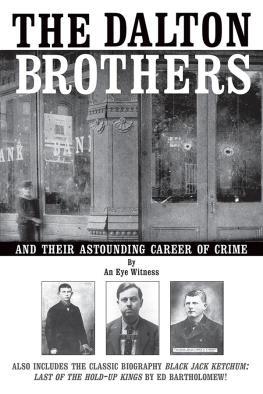
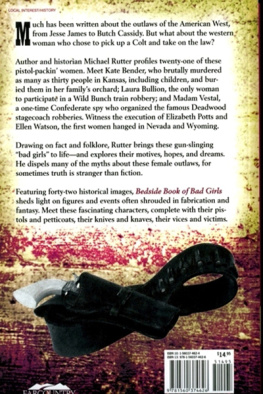
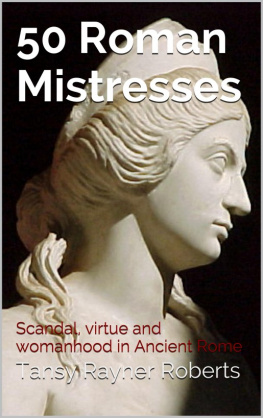
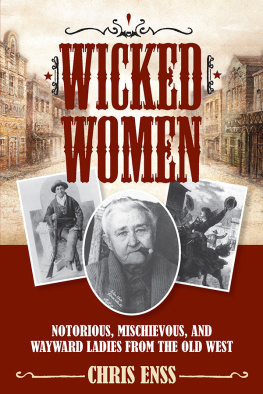

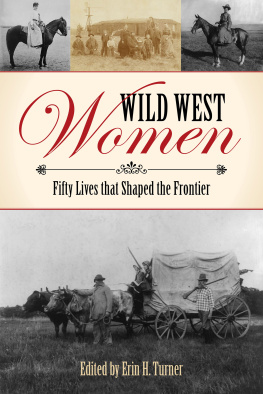
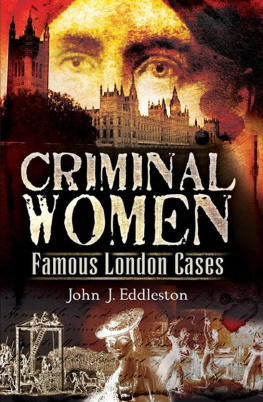
 The paper used in this publication meets the minimum requirements of American National Standard for Information SciencesPermanence of Paper for Printed Library Materials, ANSI/ NISO Z39.48-1992.
The paper used in this publication meets the minimum requirements of American National Standard for Information SciencesPermanence of Paper for Printed Library Materials, ANSI/ NISO Z39.48-1992.